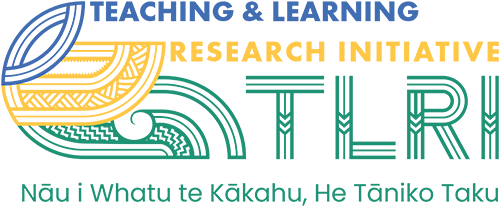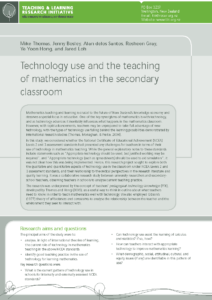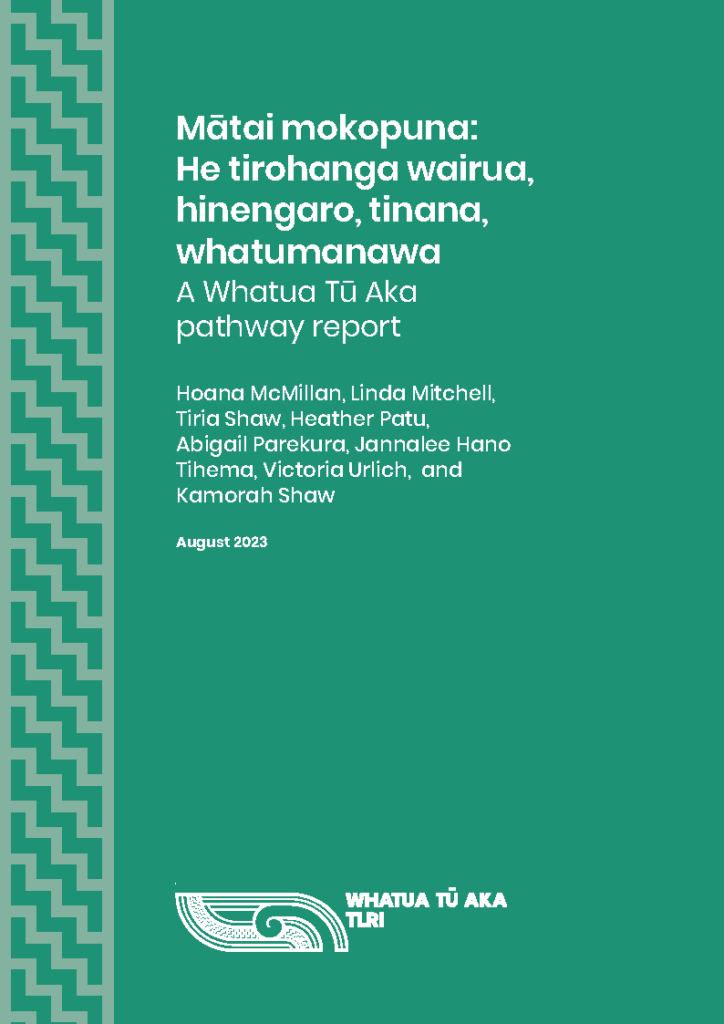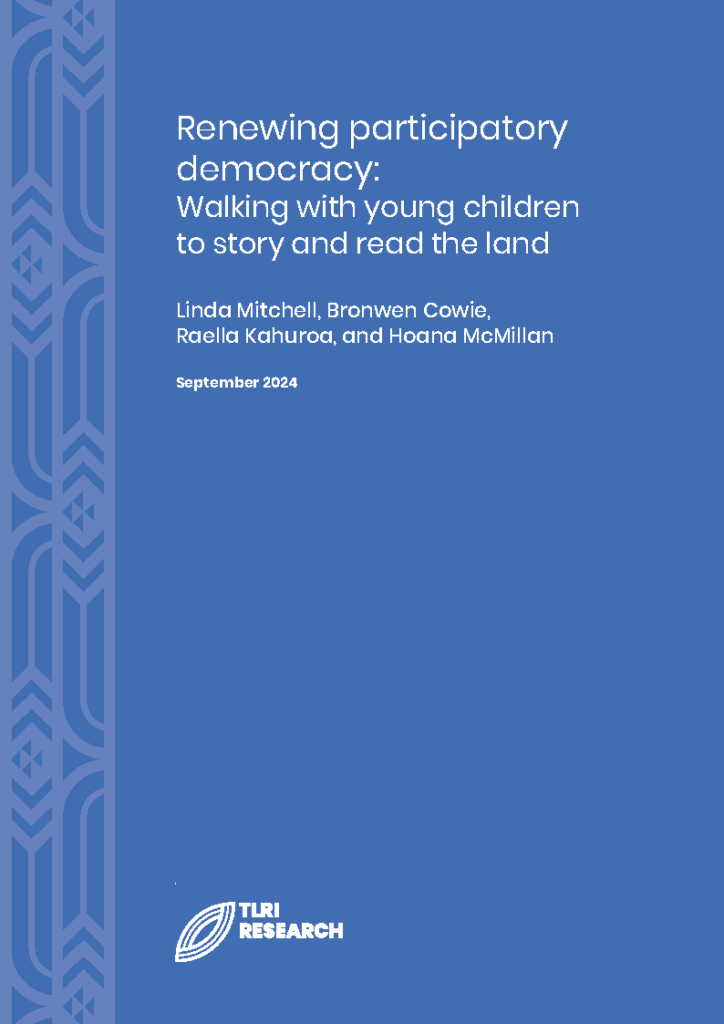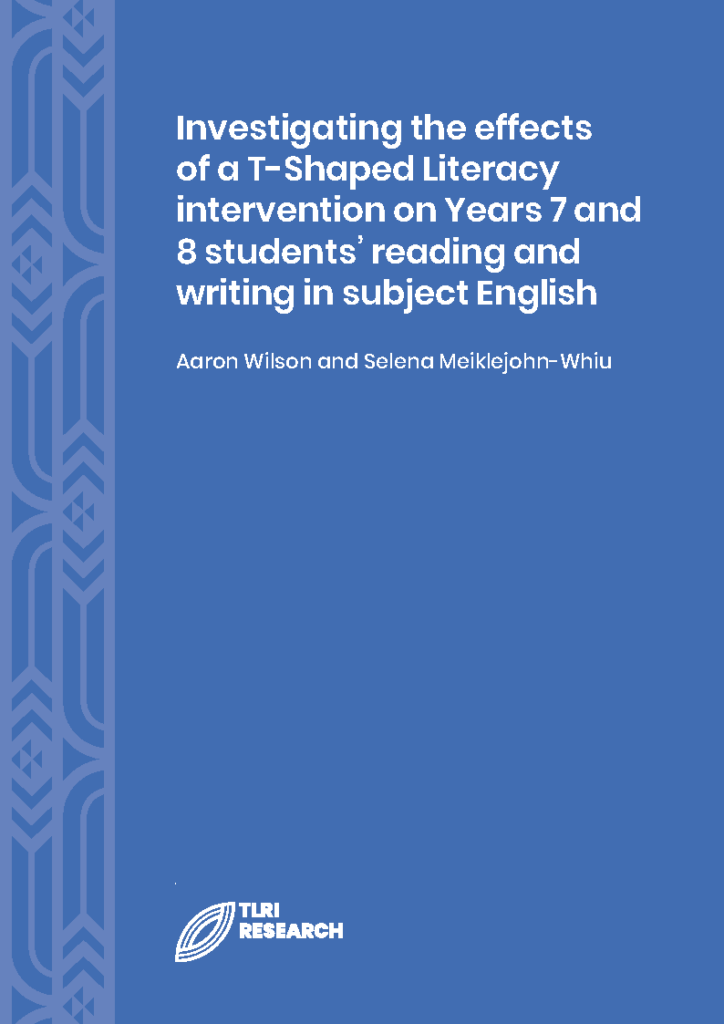Mathematics teaching and learning is crucial to the future of New Zealand’s knowledge economy and deserves a special focus in education. One of the key synergisms of mathematics is with technology, and as technology advances it inevitably influences what happens in the mathematics classroom. However, with rapid advancements, teachers may be unprepared to take full advantage of new technology, with the types of technology use falling behind the learning possibilities demonstrated by international research studies (Thomas, Monaghan, & Pierce, 2004).
In this study, we considered whether the National Certificate of Educational Achievement (NCEA) Levels 2 and 3 assessment standards had presented any challenges for teachers in terms of their use of technology in mathematics teaching. While the general explanatory notes to these standards include statements such as “Appropriate technology should be used, but justified working may be required”, and “Appropriate technology (such as spreadsheets) should be used to aid simulation”, it was not clear how this was being implemented. Hence, this research project sought to explore both the qualitative and quantitative aspects of technology use in the classroom under NCEA Levels 2 and 3 assessment standards, and their relationship to theoretical perspectives in the research literature and quality learning. It was a collaborative research study between university researchers and secondary school teachers, observing teachers in schools to analyse current teaching practice.
The research was underpinned by the concept of teachers’ pedagogical technology knowledge (PTK), developed by Thomas and Hong (2005), as a useful way to think in outline about what teachers need to know in order to teach mathematics well with technology. We also employed Gibson’s (1977) theory of affordances and constraints to analyse the relationship between the teacher and the environment they seek to interact with.
Research aims and questions
The principal aims of the study were to:
- analyse, in light of international theories of learning, the current role of technology in mathematics teaching in the above NCEA standards
- identify good teaching practice in the use of technology for learning mathematics.
Key research questions were:
- What is the current pattern of technology use in schools for internally and externally assessed NCEA standards?
- Can technology use assist the learning of calculus and statistics? If so, how?
- How can teachers interact with appropriate technology to improve mathematics learning?
- What demographic, social, attitudinal, cultural, and equity issues (if any) are identifiable in this pattern of use?
Research design
This research project involved a partnership between three university researchers and three secondary school teachers, all of whom were very experienced in technology implementation in the mathematics classroom. The teachers all contributed to the case-study design of the research as well as its implementation and analysis phases.
The method used in the study comprised a national survey, employing both open-ended and closed questions to elicit data on technology, its use, and teacher attitudes towards it, followed up by a series of case studies. The questionnaire data was analysed qualitatively and quantitatively, and compared with data on technology in schools gathered by Thomas (1996).
Teachers were able to volunteer to participate in the follow-up interviews and observations, and a sample of 32 teachers in 22 schools, primarily in the greater Auckland area, was formed. We conducted in-depth case studies of their technology use, observing classroom teaching and interviewing them. Videotapes of lessons, extensive fi eld notes from observations, interviews, teacher diaries, copies of lesson plans, and questionnaires all provided data on teacher attitudes and pedagogical practices, and department and school processes and practices.
Findings
We received responses from 193 of the 336 secondary schools (57.4 percent) in New Zealand, usually from the head of the mathematics department, with the likelihood of a representative sample, although this has not been tested statistically. We also received completed questionnaires from a total of 465 teachers, mainly from the 193 schools, including the head of departments (HODs). Some of our primary findings are as follows.
Computer use in mathematics teaching
Only about 36 percent of mathematics departments have a technology policy, and while 68.4 percent of teachers had used computers in their lessons, 31.6 percent had not. However, 75 percent of teachers would like to use the computer more often, with availability of computers the primary obstacle, and lack of teacher training and confidence also important.
There are more computers in secondary schools in 2006 than 10 years earlier, but they are mostly in information and communication technology (ICT) rooms and access for mathematics teachers is a major problem.
There is a range of teaching practice with technology, from using computers with a program such as PowerPoint—as an alternative for lesson note presentation—to technology use as a tool to investigative concepts in a multi-representational environment. The greatest use of computers is in teaching statistics (58.5 percent), which has grown significantly in the last 10 years, and graphical work (51.6 percent), but less than a quarter of teachers used
them in geometry, algebra, trigonometry, or calculus. There has also been a significant move away from content-specific graphical and mathematical programs towards generic software, especially the spreadsheet. This may be due to availability and cost.
Calculators in mathematics teaching
Well over 90 percent of teachers had used calculators in their lessons and a majority of teachers (56.7 percent) would like to use a graphic calculator (GC) more often in their teaching. Major obstacles to such use are: availability of calculators; relevant professional development (PD); suitable classroom resources; and teacher confidence.
However, a significant minority of teachers (27 percent) think that using calculators can be detrimental to student understanding of mathematics, depending on how they are used, although 47.1 percent did not agree with this. Further, 60.5 percent of teachers are opposed to open calculator use in examinations.
Interactive whiteboards (IAW)
Interactive whiteboard (IAW) use is low but increasing, and they may have the potential to impact positively on mathematics teaching. However, there is a learning curve for teachers in their implementation.
Implementing technology in NCEA mathematics teaching
There is a need for PD that specifically addresses methods of integrating technology into mathematics teaching in the classroom in a manner that focuses on the mathematics. Key variables in teachers’ use of GCs, given their availability, are: their attitude to teaching mathematics with technology; their attitude to personal learning; their level of proficiency in using the GC; the support of school and colleagues; and especially their confidence. In general, teachers think that the emphasis on technology in NCEA is about right.
Reasons for technology use
Computers are used for both investigations and skills, and this, with the significant increase in their use as a demonstration tool, suggests that many teachers do not feel constrained to teaching according to a constructivist paradigm.
Low-level PTK is characterised by an emphasis on the technology, such as operational matters, and teaching is often procedural and skill oriented. High-level PTK is characterised by an emphasis on the mathematics and its concepts, and is often multi-representational and conceptual in focus.
Equity issues
The only equity issue raised by teachers in the study was that of affordability of, and hence equality of access to, calculators. However, this was not perceived as a major problem.
Identifying good practice
Some of the key attributes of good practice in teaching with technology have been identified in this research, along with factors that may influence it.
An emphasis on mathematical ideas and concepts rather than on passing on operational thinking to students, such as key presses and menu operations, or on procedural calculations is considered one attribute of good practice. So, too, is the teacher’s confidence in the use of technology of whatever kind. When the teacher uses hardware or software, he or she must be able to develop a certain level of expertise, especially with the commands required for the mathematics to be taught. Also, if there is more than one kind of technological tool in the classroom, the ability to shift between the technologies that are to be used in a lesson is an indication of good practice.
An ability not to force the use of the technology for its own sake, but to know when and how to use technology appropriately in teaching a given mathematical concept, is a key attribute of good practice. Another is using the technology, not just because it makes computations and presentation faster or more efficient, but because it allows students to reflect more on mathematical results than producing answers.
Teaching concepts without sacrificing skills; presenting the bigger picture while developing the skills that are necessary to understand mathematical concepts better also lead to good practice. An ability to engage the students in all technology teaching and learning activities, while monitoring students’ abilities and needs is also key. In this way, the teacher is able to respond or support appropriately according to student ability and needs.
Using the above criteria we identify two teacher groups: one coming to grips with basic operational aspects of the technology, with low confidence in technology use; and a second, more competent in instrumentation, able to focus on important aspects, such as the linking of representations, and other features of technology, and having a higher level of confidence in classroom use.
While we have tried to describe some aspects of what good-practice teaching with technology may be, we recognise that it is not an easy task to develop it. As teachers are part of an educational environment, their abilities and actions are supported, and at the same time constrained, by that environment.
Limitations of the research
One of the key limitations of this research, compared with the original plan, was that we were unable to investigate examples of the kinds of learning that were taking place in the classrooms, or whether technology assists with student learning. A second area of concern was the selection of the staff that we chose to observe. We were limited to choosing from a self-selected sample that responded positively from the survey, and those who were readily accessible from among these. Hence, our sample is not randomly chosen and therefore the results may not generalise to the whole teacher population.
We had originally anticipated targeting technology use in specific NCEA standards, but we were limited by time constraints to observations of what standard the teachers were teaching when the observations took place. Therefore, we saw what teachers were doing at the time, which was not always what we would have liked to have seen.
Finally, the researchers felt that there was a lack of depth in some of the observations. More time with each individual teacher would have produced a more robust description of good practice across the NCEA standards. We were not always sure whether we were seeing the best of the teacher’s work, or whether the technology use represented normal practice.
Contribution to building capability and capacity
This research has contributed to building improved research capability and capacity among those participating. Most gained an appreciation of the research process including the data analysis, detail, and logistics involved in fieldwork research, and benefited from reflection on their own classroom practice in teaching with technology. Every member of the group is now in a better position to contribute their skills and knowledge to future research projects, and have
expressed a desire to be involved in further research in the future.
Recommendations
From our study we recommend that school mathematics departments write a detailed policy for technology use, along with a plan for implementing it. Also, providers of teacher PD courses should consider the major need for classroom-oriented professional development in classroom use of technology for the teaching and learning of mathematics, and its assessment. Individual schools could review their provision of, and access to, ICT rooms so that subjects like mathematics can make better use of computer technology in teaching. The Ministry of Education could act to address perceived inadequacies in the provision of computer hardware, software, and calculators that many teachers in this
study have described. In spite of previous efforts to provide equality of education for all it appears that funding provision for technology, and especially PD, is at the centre of the problem. Finally, we recommend that further research be conducted into possible uses of IAW’s in mathematics teaching.
References
Gibson, J. J. (1977). The theory of affordances. In R. Shaw & J. Bransford (Eds.) Perceiving, acting and knowing: Towards an ecological psychology (pp. 67–82). Hillsdale, NJ: Erlbaum.
Smith, A. (2004). Making mathematics count: The report of Professor Adrian Smith’s inquiry into post-14 mathematics education. London: The Stationery Office Limited.
Thomas, M. O. J. (1996). Computers in the mathematics classroom: A survey. In P. C. Clarkson (Ed.), Technology in mathematics education Proceedings of the 19th Mathematics Education Research Group of Australasia Conference, pp. 556–563. Melbourne, Australia: MERGA.
Thomas, M. O. J., & Hong, Y. Y. (2005). Teacher factors in integration of graphic calculators into mathematics learning. In H. L. Chick & J. L. Vincent (Eds.), Proceedings of the 29th annual conference of the International Group for the Psychology of Mathematics Education, Vol. 4, pp. 257–264. Melbourne: University of Melbourne.
Thomas, M. O. J., Monaghan, J., & Pierce, R. (2004). Computer algebra systems and algebra: Curriculum, assessment, teaching, and learning. In K. Stacey, H. Chick, & M. Kendal (Eds.), The teaching and learning of algebra: The 12th ICMI study (pp. 155–186). Norwood, MA: Kluwer Academic Publishers.
Lead authors and researchers
Mike Thomas, the principal researcher, is an associate professor and head of the Mathematics Education Unit in the Mathematics Department of The University of Auckland. His main research interests are in the use of technology in learning mathematics, advanced mathematical thinking, and neuropsychological aspects of mathematical cognition.
Jenny Bosley is a mathematics teacher at St Cuthbert’s College, Auckland. Her motivation was to gain firsthand experience in researching an area of interest in mathematics teaching. A benefit of the research for her was the contact with The University of Auckland that may lead to involvement in future projects.
Alan Gil delos Santos, graduated with a PhD in 2006. His research interests centre on student learning and understanding in a technology-based teaching and learning environment. He plans to be involved in collaborative research with teachers on the design and implementation of a technology-based mathematics curriculum.
Rosheen Gray was head of the mathematics department at Kristin School, Albany, North Shore City, during the research. Her interest and motivation for involvement in the research was the importance of the use of technology to enhance the conceptual understanding of mathematics.
Dr Ye Yoon Hong is a research fellow in the mathematics department at The University of Auckland. Her research interests are in the use of GC and CAS calculators in the learning of secondary and tertiary mathematics, especially algebra and calculus.
Jared Loh was a teacher at Pakuranga College, Auckland, and is currently teaching at James Hornsby High School, Essex, United Kingdom. His research interests are in gender differences in learning mathematics using technology, especially the graphics calculator and he hopes to do an MSc or a PhD on this topic in the future.
